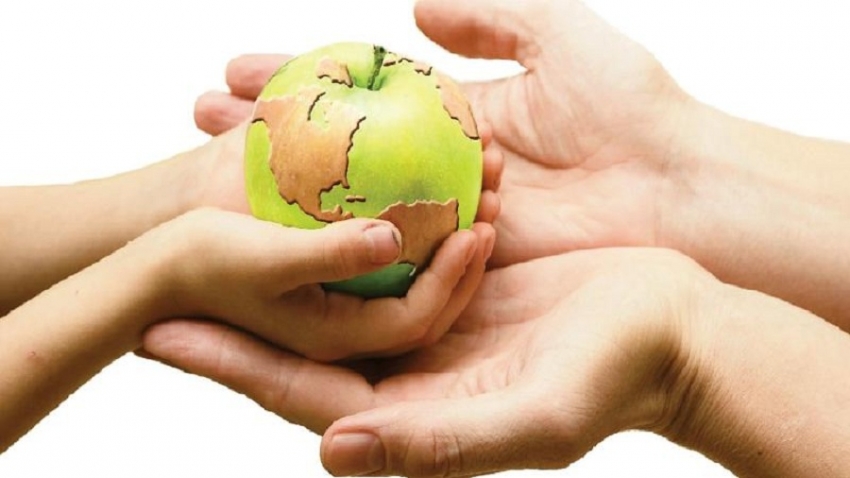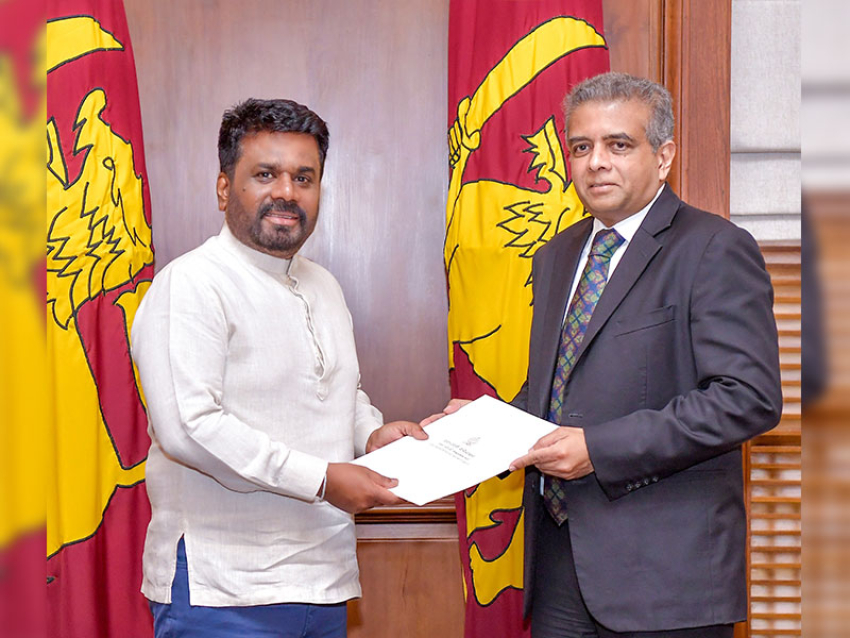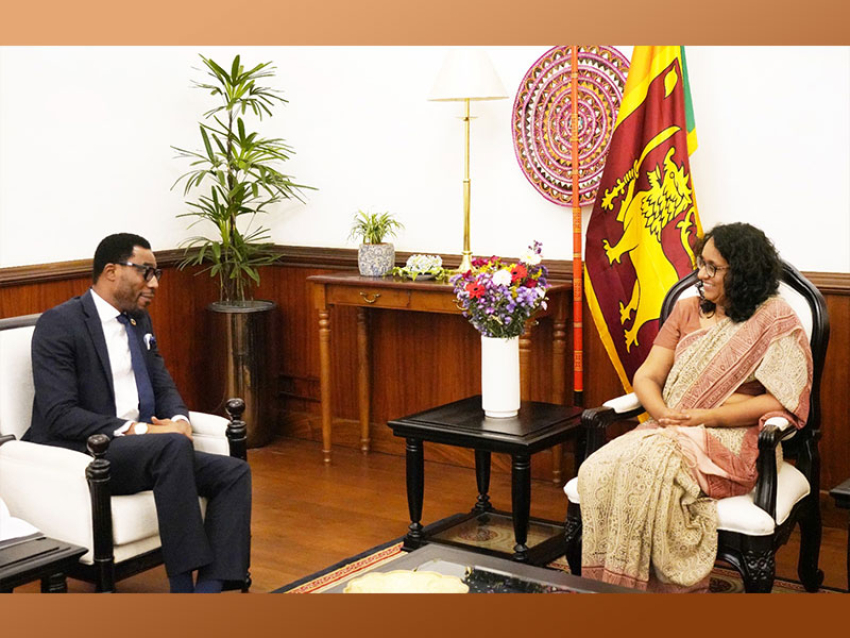What nonagenarianDulcie remembers most in the late 60s was the number of women dying at childbirth. “They were dying like flies as most of their babies were delivered in their own homes where they lay with their legs spread out waiting for the midwife to come and deliver the child. There was no family planning then, not like the scientific methods we have today and most women relied on natural methods which didn’t always work. As a result women ended up with more children than they could handle and little time for proper spacing in between. It was bad for the mother’s as well as the child’s health”, she says.
Centenarian Cordelia shares her sentiments. In an interview with this writer recently this mother of seven recalls delivering all her children at home by a midwife who came to the house. “Godakanda the midwife who wore a long skirt with a white blouse used to travel by buggy cart driven by her own driver.
Each baby was delivered by her as I lay on a four poster bed with curtains hung on the sides. As I was young, 17, when I had my first child, they were all easy deliveries. All except one, a boy, survived ,” Cordelia reminisces.
This was in the 60s, when inputs in health had improved. The decade before which saw women having too many children too soon, on the other hand reveals shockingly their low lifespan which according to statistics of the Census and Population Unit teetered between 45 to 50 years. Today, the average Lankan woman lives to nearly 80 years and the Lankan man nearly 75 years, making Sri Lanka one of the fastest gaining populations in the world and demographically on par with developed countries.
What happened in between that helped bring about this miracle, one may ask?
An increase in life expectancy was driven by several decades of investments made on welfare, education and health. Together they collectively propelled the remarkable forward stride of the country towards improving the overall health of Lankans both male and female, children and youth.
Consider a few of them :
The Government of Sri Lanka spends more on health sector development compared to other South Asian countries.
Significant resources have been increasingly allocated to conduct public health programs, develop health researches, improve health education and instal medical equipment in the health sector country wide. During the past three years alone, more medical officers, nurses, technical and non technical assistants have been appointed.
The elimination and control of the once widely prevalent diseases such as, TB , whooping cough, mumps, chicken pox, polio, leprosy, malaria, lymphatic filaria ( LF) and Japanese encephalitis. This achievement has not only been acclaimed world wide but recognised and certified by no less a global authority on health than the World Health Organisation ( WHO) as having eliminated lymphatic filaria , rubella and malaria.
The last polio patient reported was in 1993 and the last diphtheria patient was reported in 1991.
Hepatitis B is rarely reported in Sri Lanka.
Childhood cancers are on the decline.
Birth deformities have reduced while neonatal deaths too have reduced with only two being reported in 2010.
Magic wand
These significant achievements were by no means brought about by some magic wand. According to Government Epidemiology Unit sources it took a lot of hard work, patience, and persistence to win public confidence in our National Immunization Program to reap this harvest of health dividends.
At present, the National Immunization Program vaccinates the population against 13 fatal diseases . The program which comes under the purview of the Health and Indigenous Medicine Ministry provides vaccines for all these diseases at Public Health Institutes and MOH offices. In addition to the wide coverage of the program and easy accessibility to the public free of charge, is the added bonus of an excellent communicable disease surveillance system where cases are treated no sooner they are detected , with doorstep mobile services being made available by the Health Ministry.
Drawbacks
Yet, despite these impressive strides obstacles loom. Health officials warn that ignorance and delays in seeking treatment due to stigma, patients with compromised immune systems not completing the entire prescribed course of treatment given them, could result in the re –emergence of many of these diseases.
Take malaria, for instance, new data has revealed that each year 50 cases of malaria are reported in various parts of the country due to travellers returning from malaria prevalent countries. If these ‘imported cases’ are not detected and treated promptly there is a huge risk of a malaria epidemic occurring in Sri Lanka again.
NCDs have shown an increasing trend while it was found that 71 percent of all annual deaths are attributed to chronic NCDs led by cardiovascular diseases (heart), diabetes, cancer and chronic respiratory diseases and stroke. NCDs are the major cause for deaths in Sri Lanka – 75% of total deaths each year are due to NCDs, and those who die prematurely are in the most productive age groups, between 18 to 70 years.
Health officials also recently revealed that the annual death toll of Lankans from NCDs was as high as 13,000.
State aided homes for ailing elders continue to be abysmally low.
So how has the Health Ministry intervened to counter these obstacles?
More stroke /cardiac units in state hospitals
The surge in cardio vascular disease and strokes has prompted the Health Ministry to set up more units in state hospitals for such patients with the Health Minister calling for Stroke units in ten main state hospitals to be speeded up.
Kidney Disease welfare centre
There has been a rise in kidney diseases, especially, kidney disease of unknown origin ( CKDu) and an increasing demand of patients in the North Central Province, President Maithripala Sirisena last week opened the Methsirisevana Kidney Patients’ Hospitality and Welfare Centre in Anuradhapura . He also commissioned the 60th large scale reverse osmosis water filtering plants in Mihintale and Isurumuniya while more dialysis machines and dialysis units were promised to nearly 50 hospitals in the district.
Drugs
Schoolchildren from around the country, government servants and private sector organisations have taken the April Pledge to eliminate drugs which target schoolchildren and youth leaving lasting health scars. A Hotline for Drug Info 1984 has also been set up.
Digitalised Hospitals
The increasing digitalisation of our hospitals has put the country on the brink of a revolution in health care. The Health Minister’s recent announcement of creating 300 digitalized hospitals has been welcomed as filling a need for faster analysis, diagnosis and management of patients. Along with the adoption of Electronic Medical Records ( EMR) which have automated manual tasks that impede patients’ safety and care, digital health care paves the way for delivering the highest quality care at the fastest and lowest cost.
Conclusion
Health: Isn’’t that what all of us want? As we move into a Health For All era, an important consideration to keep in mind is our own contribution towards reaching that goal. Despite everything the Health Ministry provides to facilitate this goal, it requires a change in our attitudes towards health and acceptance that we too must be accountable for our health by acting in a responsible manner.



















